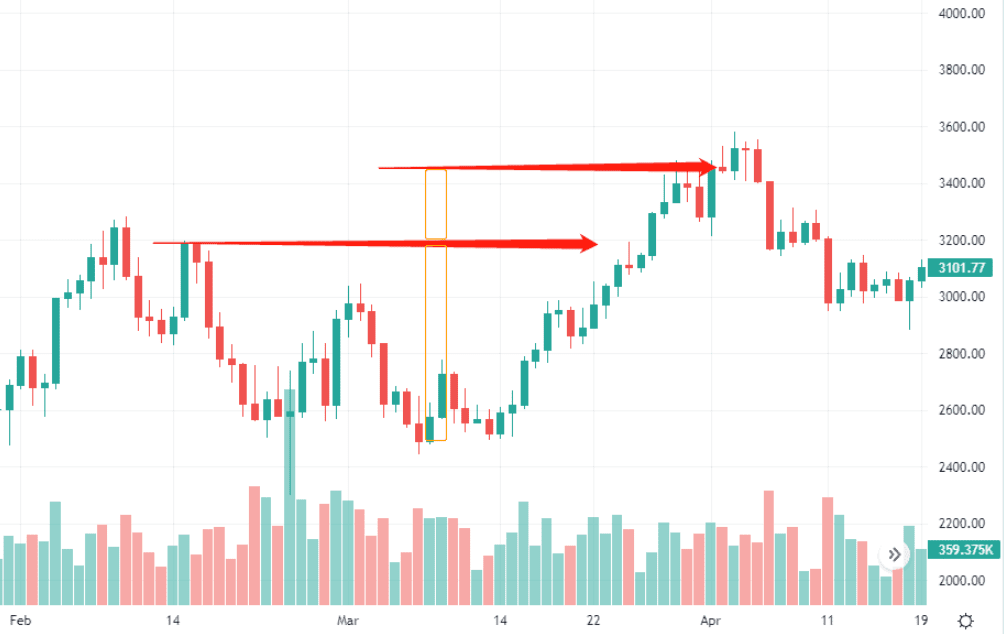In simple terms, contract trading is a way to profit from price fluctuations by buying and selling contracts rather than actual assets. For example, you can choose to enter into a contract regarding the future price movements of a certain asset.
This type of trading usually has a fixed expiration time and does not require you to actually own the asset. It operates like an agreement between you and the counterparty, stipulating that at a certain point in the future, you will buy or sell the asset at a predetermined price.
The methods of contract trading can be very flexible, as you can choose to go long (buy contracts) or go short (sell contracts). When you go long, if the asset price rises, you can earn the price difference through the contract; while going short is when you expect the asset price to fall, you sell the contract and then buy back after the price drops to gain profit. This trading method attracts many investors because it is not limited by whether you actually own the related asset.
So how do you understand how to trade contracts? First, you need to choose a platform and open a contract trading account. Most trading platforms offer this service, and you can select the contract products you are interested in, such as a specific stock, currency pair, or commodity futures, etc. The platform usually provides real-time price fluctuation charts and specific operation interfaces for buying and selling contracts. You just need to decide to buy or sell the relevant contracts at the right time based on your analysis.

However, the risks of contract trading should not be overlooked. Since it involves leverage, which means you can control a larger trading amount with less capital, the effect of leverage can amplify both profits and losses. Therefore, when choosing contract trading, you need to set the trading scale of the contract according to your risk tolerance. Before trading, it is very necessary to understand the market volatility, the terms of the contract, and the corresponding trading rules.
Furthermore, how to trade contracts also involves how you manage your positions. Contract trading typically has a margin system, where you need to pay a certain margin at the start of the trade as a guarantee to fulfill the contract. When the market fluctuates, your position may experience floating profits and losses; if the market trend is unfavorable, you may need to add margin or the system may automatically liquidate your position. To avoid this situation, many investors use stop-loss orders to set risk ranges and pre-determine the maximum acceptable loss.
For beginners, contract trading can be somewhat complex, but it also provides investors with a rich array of strategic choices. By reasonably applying technical analysis, capital management, and risk control, you can gradually improve your contract trading skills. The ways to trade contracts are not limited to a specific type of asset; it is applicable to almost any market you can think of, as long as there is sufficient market liquidity and contract rules, you can participate.
Moreover, contract trading can help you invest in any market environment, whether in a bull market or a bear market, you can profit through contract operations. During a market downturn, many people choose to short sell contracts, hoping that the asset price will continue to decline, thus earning the price difference. Conversely, when the market rises, investors buy contracts to share in the profits from the price increase.
In general, there is no fixed answer to how to trade contracts; it requires you to make decisions based on market conditions, personal experience, and risk preferences. Most importantly, contract trading is an investment method that requires a high degree of attention to market changes and capital management, and its flexibility and potential returns make it a popular choice among many investors. Through continuous learning and practice, you will gradually master the techniques of contract trading, better cope with market fluctuations, and achieve ideal returns.


